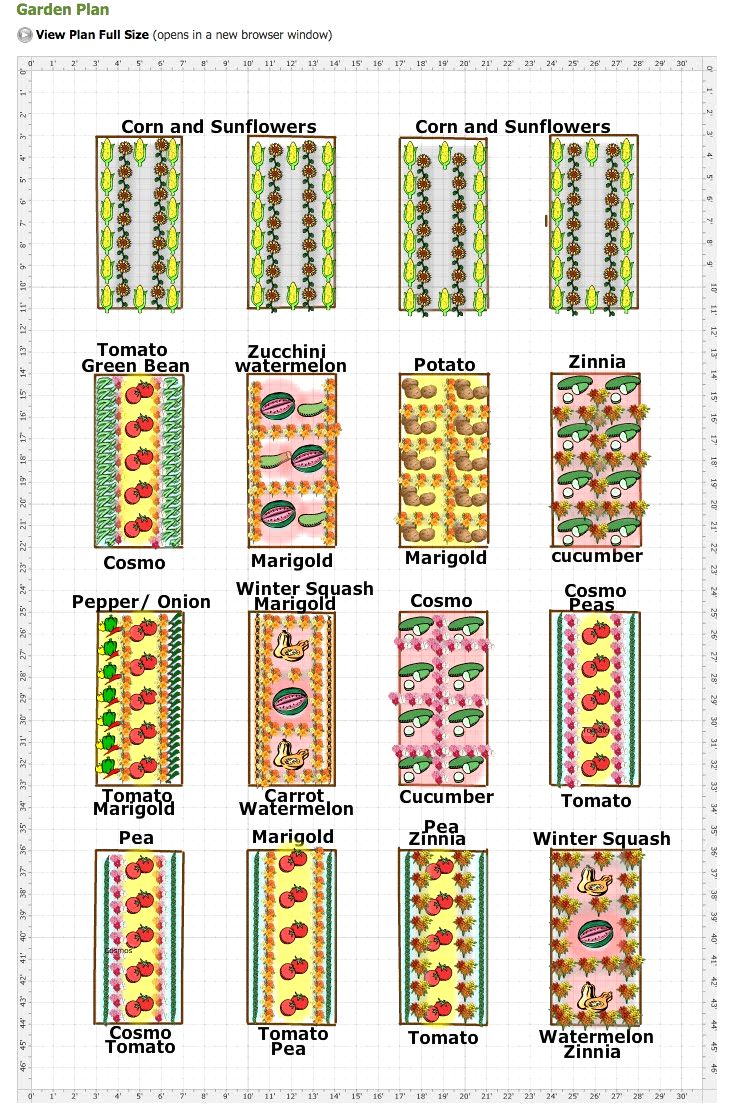Embrace Ohio's Spring: A Guide to Successful Planting
The earth awakens, and with it, the urge to sow seeds and nurture new life. Spring in Ohio brings a unique opportunity to connect with nature, cultivate the land, and enjoy the fruits (and vegetables!) of your labor. This guide will explore the art of Ohio spring planting, offering insights and inspiration for both seasoned gardeners and eager beginners.
Imagine the vibrant green of your garden, bursting with life under the warm Ohio sun. From the first tender shoots to the ripe harvest, spring planting offers a rewarding experience. This journey begins with understanding Ohio's specific climate and how it influences planting decisions. The Buckeye State's variable spring weather, with its occasional late frosts and fluctuating temperatures, requires careful planning and execution.
Historically, Ohio's fertile land has been a cornerstone of its agricultural heritage. Native American tribes practiced sophisticated agricultural techniques long before European settlers arrived. They understood the nuances of Ohio's growing seasons, planting crops like corn, beans, and squash that thrived in the region. Today, spring planting in Ohio continues this tradition, connecting us to the land and the cycles of nature.
The importance of spring planting in Ohio goes beyond personal gardens. It contributes to local food systems, supports farmers markets, and fosters a sense of community. Knowing when to sow specific crops, understanding soil composition, and managing pests are crucial aspects of successful spring planting. These elements intertwine to create a thriving garden and a bountiful harvest.
One common issue with Ohio's spring planting is the unpredictability of frost. A late frost can damage delicate seedlings and hinder the growth of young plants. Careful monitoring of weather forecasts and employing protective measures, such as covering plants with blankets or row covers, can mitigate the risk of frost damage. Selecting the right plant varieties adapted to Ohio's climate is also essential. For instance, cold-hardy crops like lettuce and spinach can tolerate cooler temperatures, while tomatoes and peppers require warmer conditions.
Three key benefits of spring planting in Ohio include: the extended growing season allows for a wider variety of crops; the abundance of sunshine and rainfall promotes healthy plant growth; and the opportunity to connect with nature reduces stress and enhances well-being.
Creating a successful spring planting plan involves several steps: First, assess your garden space, considering sunlight exposure and soil drainage. Second, select suitable plant varieties based on your preferences and the local climate. Third, prepare the soil by adding compost or other organic matter to improve its fertility. Fourth, sow seeds or transplant seedlings at the appropriate depth and spacing. Fifth, water regularly and monitor for pests and diseases. An example of a successful spring planting plan might involve starting tomatoes indoors in late winter, then transplanting them outdoors after the last frost, while directly sowing seeds for lettuce and spinach in early spring.
Advantages and Disadvantages of Spring Planting in Ohio
| Advantages | Disadvantages |
|---|---|
| Long growing season allows for diverse crops | Risk of late frosts |
| Abundant sunshine and rainfall | Potential for pest and disease issues |
| Opportunity to connect with nature | Requires consistent care and attention |
Five best practices for spring planting in Ohio include: Choosing appropriate plant varieties; starting seeds indoors for warm-season crops; amending the soil with compost; using mulch to suppress weeds and retain moisture; and monitoring for pests and diseases.
Five real examples of successful spring planting in Ohio include growing tomatoes, peppers, cucumbers, zucchini, and beans.
Five common challenges and their solutions include: Late frosts (use row covers); pests (implement companion planting); diseases (practice crop rotation); weeds (use mulch); and insufficient sunlight (choose appropriate planting locations).
FAQs: When should I start planting tomatoes in Ohio? (After the last frost); What are good companion plants for tomatoes? (Basil and marigolds); How often should I water my garden? (Depending on weather conditions); How can I prevent weeds? (Use mulch); What are common garden pests in Ohio? (Aphids, slugs, and Japanese beetles); How can I improve my soil? (Add compost); When should I plant cool-season crops? (Early spring); When should I plant warm-season crops? (After the last frost).
Tips and tricks: Start seeds indoors for a head start; use a soil thermometer to ensure proper soil temperature; practice crop rotation to prevent diseases; and attract beneficial insects to control pests.
As the days lengthen and the earth warms, spring planting in Ohio offers a unique opportunity to connect with the natural world. From the careful selection of seeds to the joyful harvest, each step in the process brings a sense of accomplishment and satisfaction. By understanding the nuances of Ohio's climate and employing best practices, gardeners can create thriving gardens that yield abundant harvests. The benefits extend beyond the dinner table, encompassing improved well-being, a deeper appreciation for nature, and a connection to the rich agricultural heritage of the Buckeye State. Embrace the season, nurture your garden, and enjoy the fruits of your labor. Start planning your Ohio spring garden today – you'll be amazed at what you can grow!
Unlocking market potential a deep dive into cfd day trading strategies
The enduring allure of the long white hair anime guy
Unlocking justice your guide to philadelphia county ccp docket search











